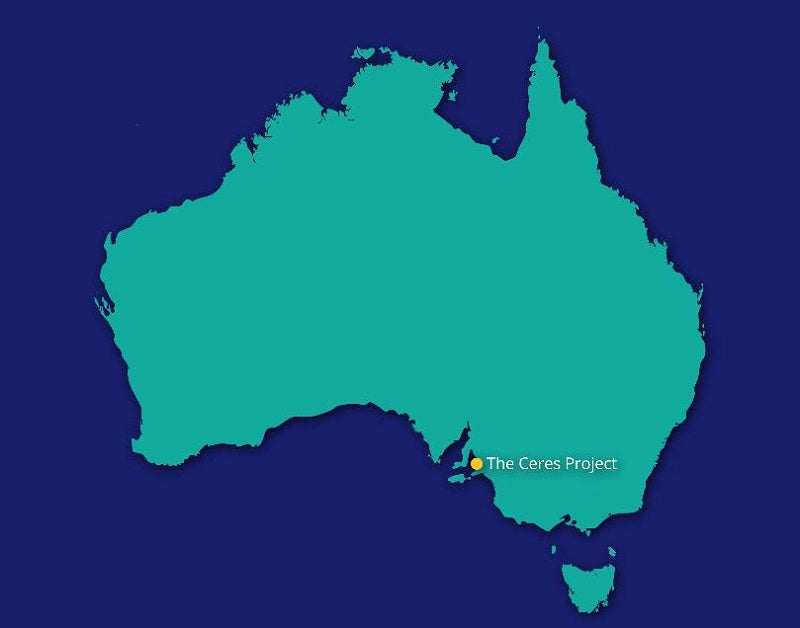
The Carbon Trust’s Cable Burial Risk Assessment (CBRA) guidelines, co-authored by Cathie Associates, have now been used as far afield as the CERES Project in Australia. In addition to the now commonplace use of CBRA guidelines for offshore renewables and HVDC interconnectors, this represents a significant step forward in the acceptance of CBRA as best practise in the subsea power cables sector.
The guidelines, which were officially released by the Carbon Trust in February 2015, represent a step change in cable burial risk assessment, focusing on identifying the most efficient, risk-managed and tailored cable burial requirements.
The Ceres Project is one of the largest renewable energy projects in Australia and the first to connect a capital city to wind power via an undersea cable. Once complete, the CERES Project will deliver 600MW of clean electricity to 225,000 homes in South Australia.
Senvion Australia engaged industry-leading offshore geoscience and geotechnical engineering consultants Cathie Associates to carry out a CBRA for the marine section of the project’s 60km subsea grid connection cable.
Cathie Associates geophysics lead Alex Searle worked with the Cathie Associates geotechnical team to produce the risk assessment and deliver a truly integrated approach; "The CBRA guidelines use a probabilistic analysis approach to optimise the specified depth of lowering. That means that generally cable handling can be reduced and the range of suitable tools and methods of cable trenching are increased, which in turn enable significant project cost savings, while minimising risk. It’s win-win."
Senvion development and strategy manager Peter Sgardelis has seen significant benefits in using the guidelines for the CERES Project: "The cable burial assessment produced for us by Cathie Associates using the CBRA guidelines has allowed us to use the most cost-effective solution without compromising on cable integrity. Their experience in subsea cabling and integrated approach combined with their involvement in developing the CBRA guidelines made them an obvious choice for us."

